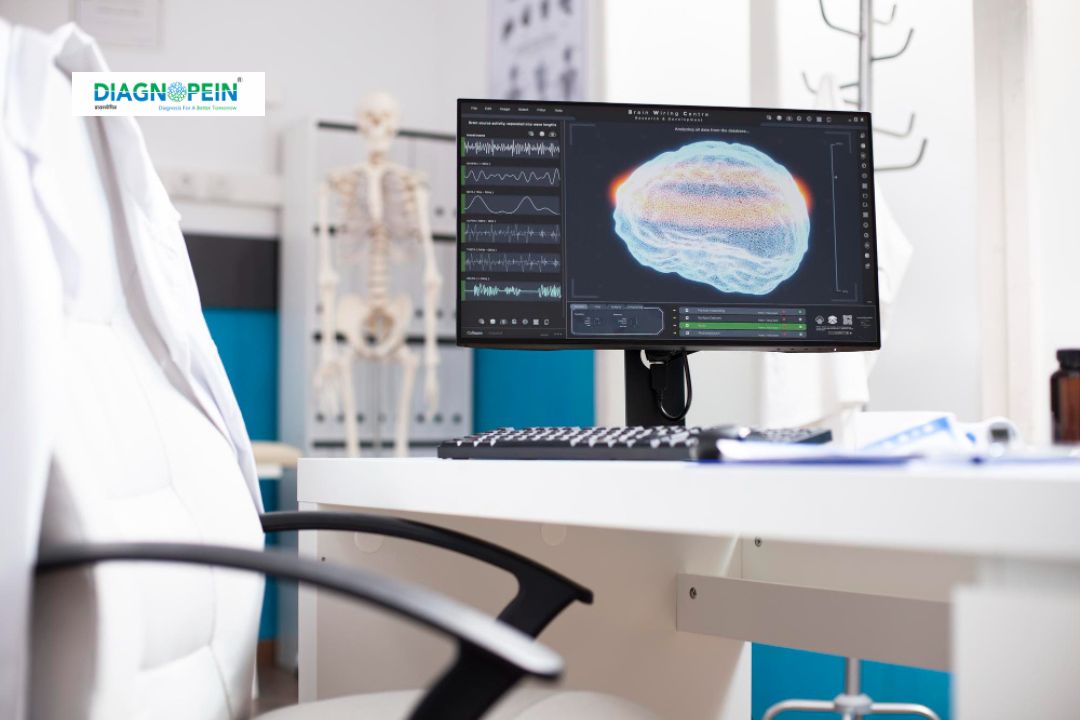Why MRI Brain Veno is Done
MRI Brain Veno is recommended when symptoms suggest a problem in the brain’s venous circulation. These can include persistent headaches, visual disturbances, seizures, or unexplained neurological deficits. It is also used to assess conditions such as:
-
Cerebral venous sinus thrombosis (CVST)
-
Intracranial hypertension due to venous obstruction
-
Vascular malformations or anomalies
-
Post-thrombotic complications
-
Unexplained brain swelling or hemorrhage
-
Evaluation of venous flow post-surgery or treatment
Doctors often use MR Venography to complement conventional MRI Brain results. This combined approach gives a comprehensive view of both arteries and veins, improving the diagnostic accuracy in complex neurological cases.
Benefits of MRI Brain Veno
MRI Brain Venography offers multiple advantages over other imaging techniques. Its precision and safety make it a preferred modality in neurological imaging.
-
Non-invasive and radiation-free procedure
-
Exceptional detail of brain venous structures
-
Detects early-stage thrombosis or venous blockages
-
Differentiates between veins and arteries for accurate diagnosis
-
Aids in pre-surgical vascular mapping
-
No exposure to harmful contrast agents when performed using time-of-flight techniques
-
Helpful in evaluating recurrent or unexplained headaches linked to venous causes
-
Useful in chronic neurological disorders where cerebrovascular compromise is suspected
At Diagnopein, scans are interpreted by experienced neuroradiologists ensuring accurate reporting and timely diagnosis. Results are available quickly through secure digital platforms.
How the MRI Brain Veno Test is Done
The MRI Brain Veno test is performed on an outpatient basis and typically takes 30–45 minutes.
Preparation:
Patients are advised to remove all metal objects, jewelry, or electronic devices before the scan. It is generally a no-preparation test unless contrast enhancement is required, in which case fasting for 3–4 hours may be recommended.
Procedure:
-
The patient lies comfortably on the MRI table.
-
For venography, a special MRI sequence is applied to highlight venous blood flow.
-
In some cases, a contrast agent (gadolinium-based) may be injected to enhance visualization.
-
The MRI machine captures detailed images of the veins and sinuses of the brain.
-
A radiologist then analyzes these images to identify structural or flow abnormalities.
After the Scan:
Patients can resume normal activities immediately unless instructed otherwise. Contrast-induced scans typically require adequate hydration afterward.
MRI Brain Veno Scan Parameters
Typical parameters used for high-quality venous imaging at Diagnopein include:
-
Field strength: 3 Tesla MRI system for ultra-clear resolution
-
Sequence type: 3D TOF (Time of Flight), Phase Contrast, or Contrast-Enhanced MRV
-
Slice thickness: 1–1.5 mm for millimeter-level accuracy
-
Imaging planes: axial, coronal, and sagittal views
-
Contrast: Gadolinium-based (optional, depending on indication)
These optimized settings ensure that even small venous structures are clearly visualized for accurate diagnosis.








